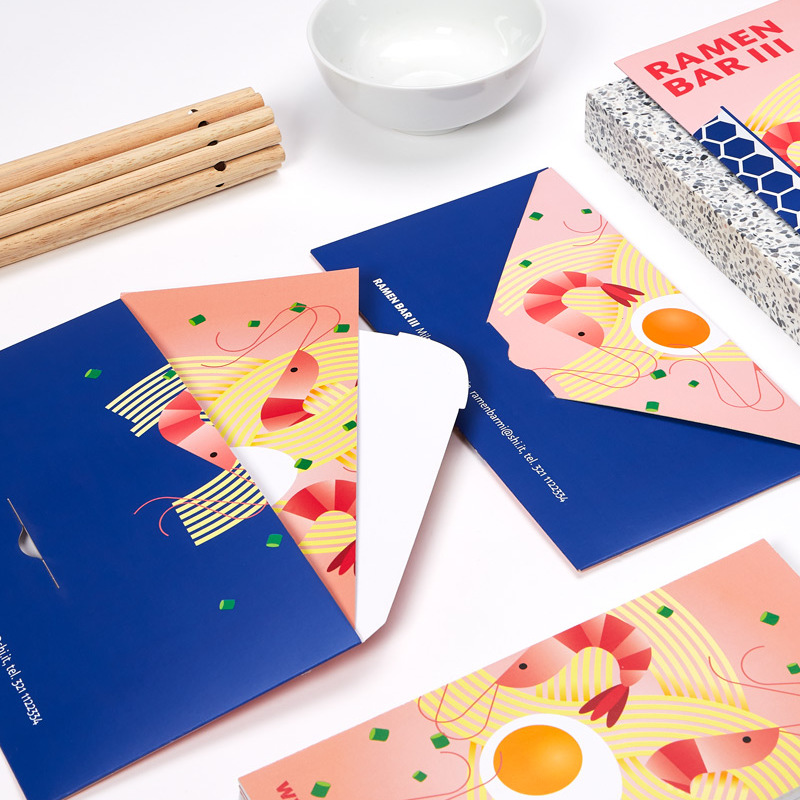Exploring the World of Printed Food Containers
In today's fast-paced world, the packaging of food plays a vital role in both presentation and preservation. Printed food containers have emerged as an essential element in the food industry, serving not only practical purposes but also enhancing brand visibility and consumer engagement. This article delves into the significance of printed food containers, their benefits, and trends shaping their future.
The Importance of Packaging in the Food Industry
Packaging is not just about enclosing food; it's a form of communication. Printed food containers provide a canvas for branding and information, allowing companies to convey their identity, values, and product details clearly. A well-designed container can attract consumers' attention, differentiate a product in a crowded marketplace, and encourage impulse purchases. Specifically, printed food containers serve to inform customers about the contents, nutritional information, and usage instructions, which is paramount in today’s health-conscious society.
Benefits of Printed Food Containers
1. Brand Recognition One of the most significant advantages of printed food containers is brand visibility. With vibrant graphics and logo placements, these containers help create memorable impressions on consumers. Businesses often invest substantially in packaging designs to ensure they stand out on shelves.
2. Sustainability As consumers increasingly prioritize sustainability, many companies are turning to eco-friendly printed food containers made from biodegradable or recyclable materials. Such initiatives not only help protect the environment but also enhance brand reputation among eco-conscious consumers. This trend is particularly important as businesses aim to reduce their carbon footprint and appeal to a growing segment of environmentally aware customers.
3. Enhanced Food Preservation Beyond aesthetics, printed food containers often come with features designed to prolong the shelf life of products. For example, some containers are designed with airtight seals and UV protection, ensuring that the food inside remains fresh for longer. This not only reduces food waste but also enhances consumer satisfaction.
4. Compliance and Safety Printed containers often carry important information that ensures compliance with food safety regulations. This includes details about ingredients, allergens, and expiration dates. Proper labeling helps to protect consumers and builds trust in the brand.
printed food containers

Trends in Printed Food Containers
The printed food container industry is constantly evolving, influenced by changing consumer preferences and technological advancements. Some notable trends include
1. Customization With advancements in digital printing technology, customization has become easier and more affordable. Brands are opting for personalized packaging that reflects their unique offerings, reinforcing their identity and connection with consumers.
2. Minimalistic Designs In contrast to intricate designs, minimalism has gained popularity in recent years. Brands are opting for clean, simple packaging that communicates their message effectively without overwhelming the consumer. This trend emphasizes quality over quantity, focusing on the essential elements of branding.
3. Interactive Packaging Technology has given rise to smart packaging solutions that engage consumers. QR codes and augmented reality features can be integrated into printed containers, leading consumers to additional information, recipes, or promotional offers online. This interactivity adds a layer of engagement that traditional packaging cannot provide.
4. Health-Conscious Messaging As consumers become more health-conscious, printed containers are increasingly featuring messaging related to health benefits, nutrition facts, and sourcing information. Brands are highlighting their commitment to transparency and quality, appealing to the modern consumer's desire for wholesome products.
Conclusion
Printed food containers are more than just a means to hold food; they are a powerful marketing tool that can significantly impact consumer behavior. As sustainability, customization, and technology continue to reshape the food packaging landscape, brands must adapt and innovate to remain relevant. Investing in high-quality, appealing printed containers can enhance a brand's image, foster consumer loyalty, and ultimately contribute to the success of food products in a competitive market. As we move forward, the role of printed food containers will undoubtedly continue to evolve, reflecting ongoing trends and consumer demands.



